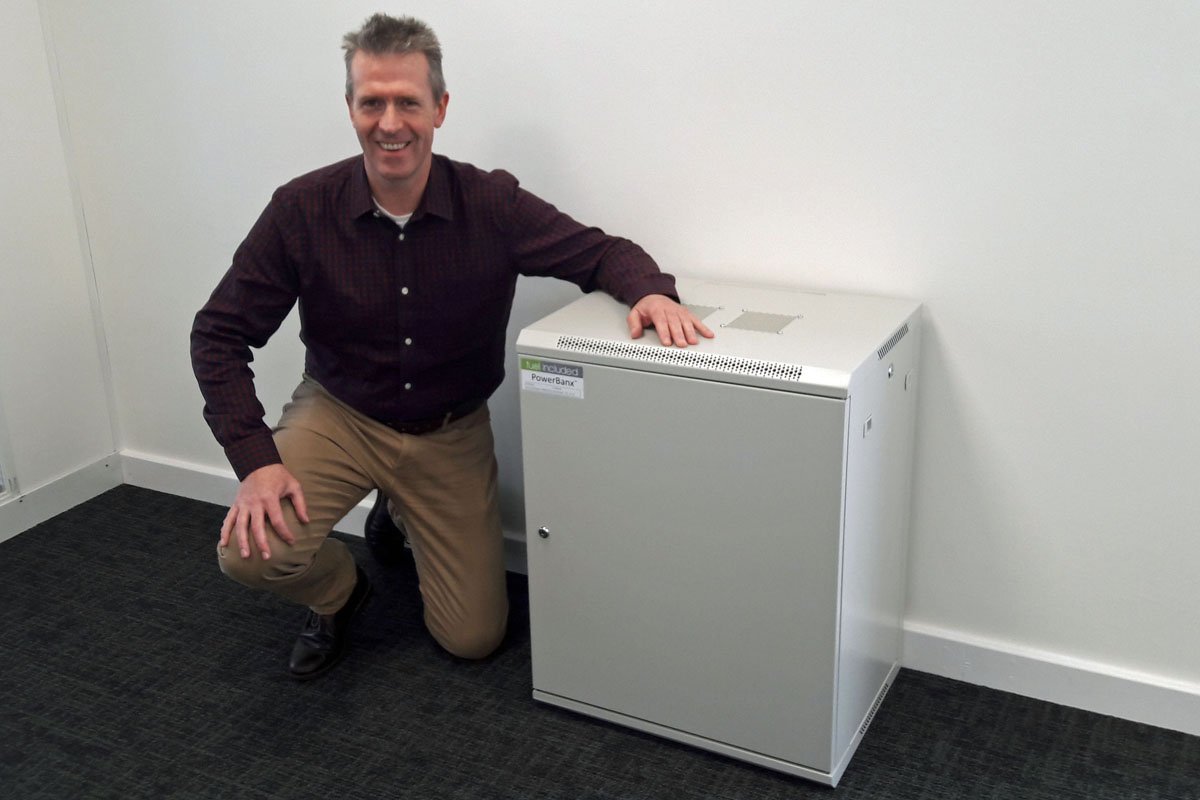Incorporating energy storage into a solar array is not as easy as just picking a battery off the shelf.
Certain chemistries work better in certain environments, and storage capabilities are influenced by the solar application.
The U.S. Energy Information Administration (EIA) released a trends report on the U.S. storage market in May 2018. The report found that lithium-ion batteries represented more than 80% of the installed power and energy capacity of large-scale energy storage applications. Nickel- and sodium-based batteries represented around 10% while lead-acid and other chemistries rounded out large-scale battery representation.

Within small-scale battery installations (where commercial and industrial installs make up 90% of capacity), EIA was unable to pinpoint specific chemistry data, but it can be assumed that lithium-based batteries still reign supreme. Lead-acid batteries have been popular within off-grid installations for decades, but lithium-ion’s longer cycle life, lighter weight and decreased maintenance have made it the preferred choice for large-scale, EV and residential applications.
But lithium-ion is not the only—or best—choice out there for batteries used in solar+storage installations. Here’s a brief rundown of the common storage technologies used in the industry, and which chemistries some popular brand names use.
Lithium-ion
Lithium-based energy storage systems are overwhelmingly the most common storage technology used within the solar market. These batteries are characterized by the transfer of lithium ions between electrodes during charge and discharge reactions. Additional materials, such as cobalt, nickel and manganese, are inserted into the battery cells and can affect the battery’s performance, voltage and safety. Lithium-ion batteries are more expensive than other chemistries, mostly because of their need for battery management systems to monitor voltage and temperature. The benefits of lithium-ion, though, include long cycle life, high charge and discharge efficiency, lighter weight and no maintenance (lithium-ion batteries are solid and don’t require refills).
Read more: Solar Power World Online


